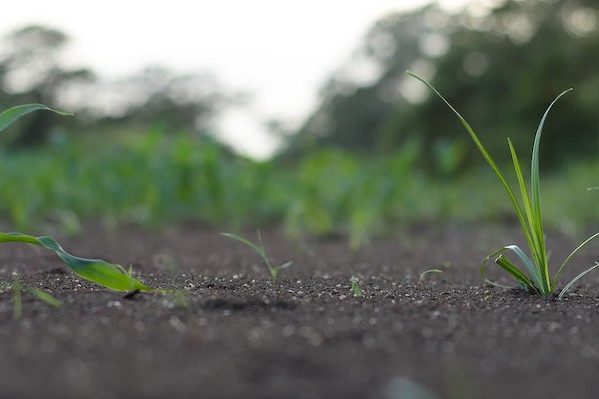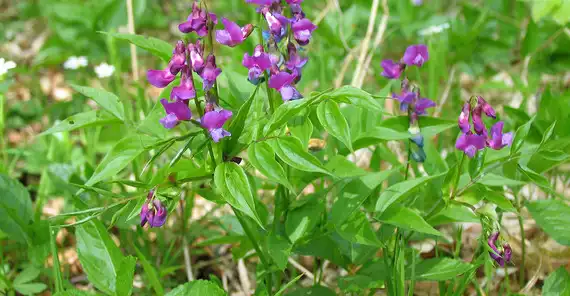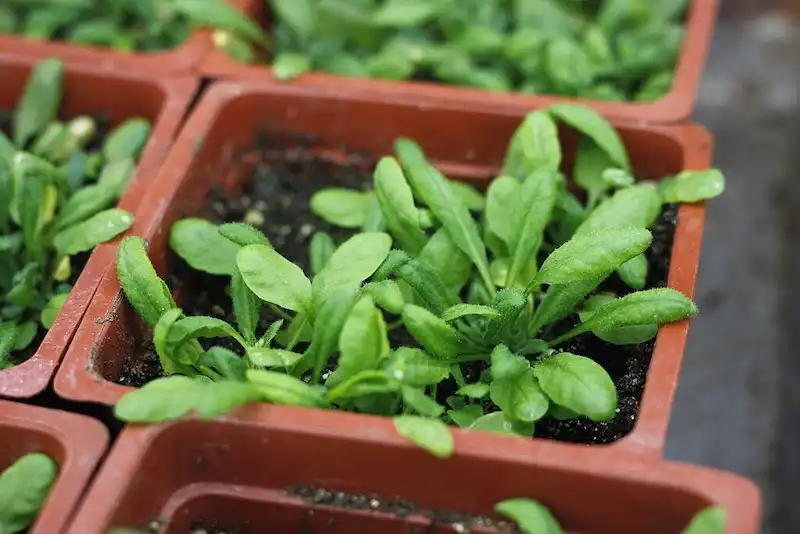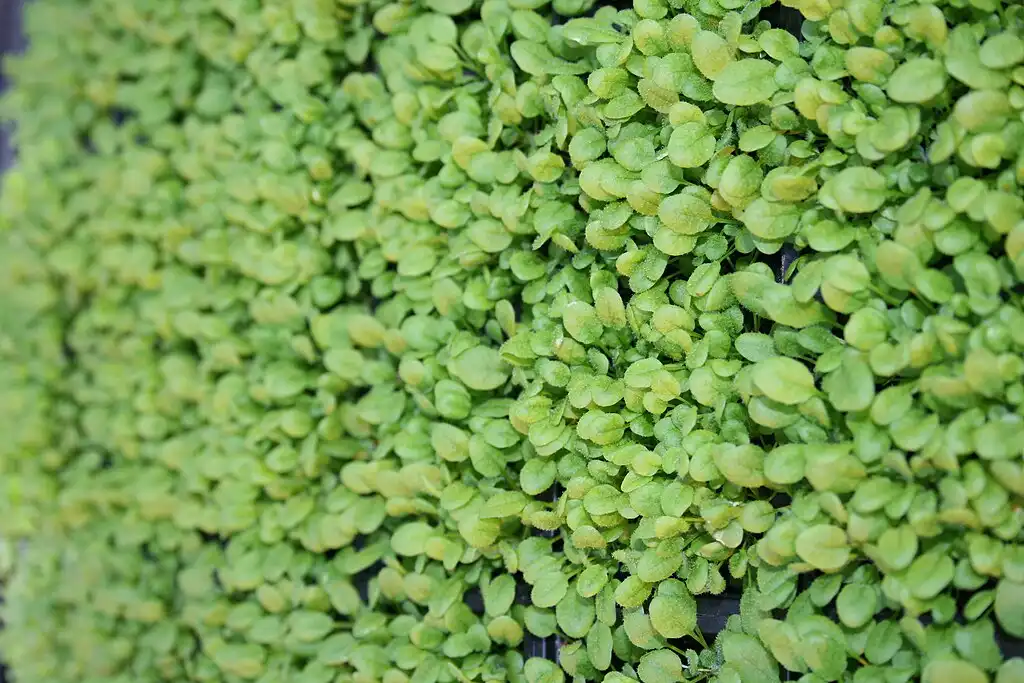
Researchers have achieved the most detailed genome assembly of grass pea (Lathyrus sativus) to date, creating a chromosome-scale reference genome. This resource could revolutionize breeding for climate-smart agriculture. With improved accuracy, the genome reveals insights into drought resilience and supports…
Read More











